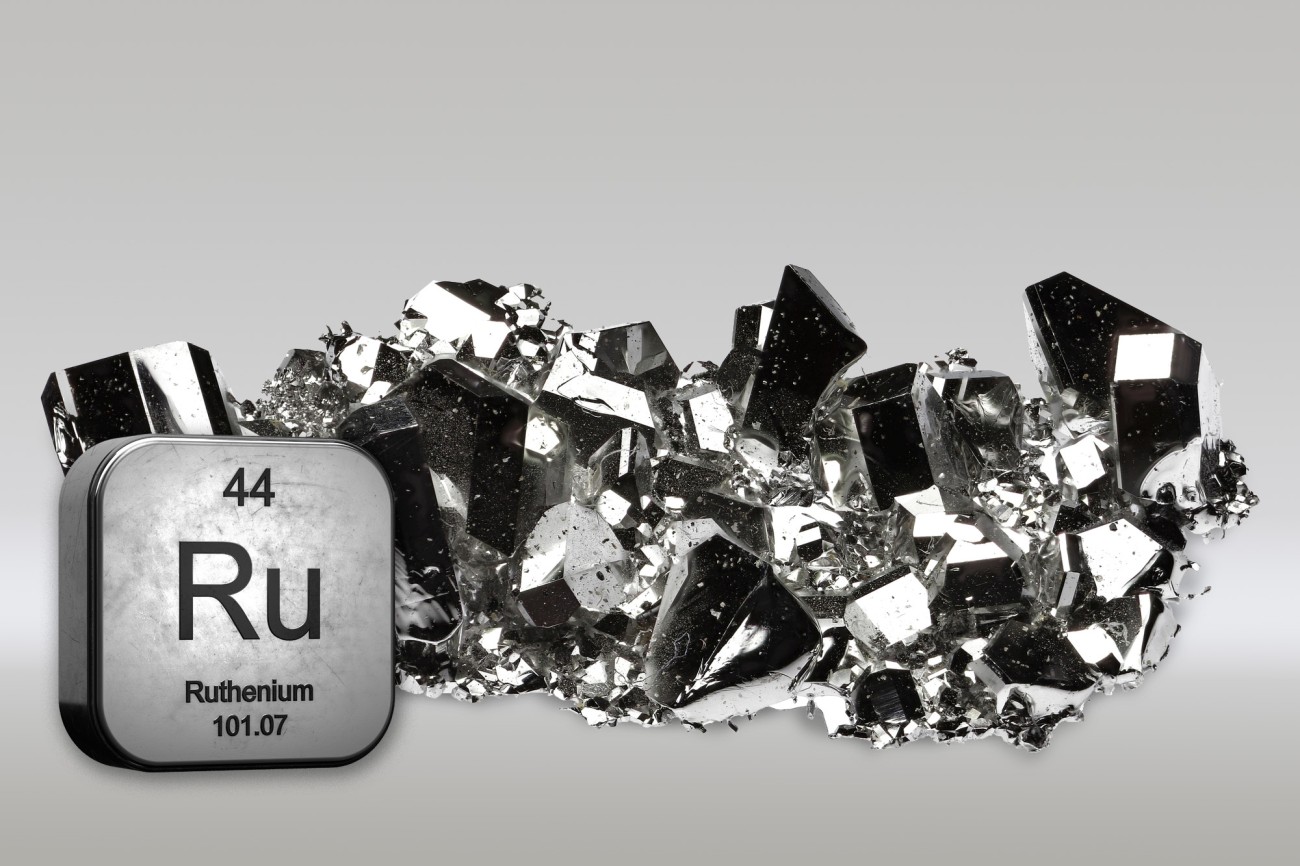About Heraeus
The Heraeus Group is a broadly diversified and globally leading family-owned technology company, headquartered in Hanau, Germany. The company’s roots go back to a family pharmacy started in 1660. Today, Heraeus bundles diverse activities in the Business Platforms Metals and Recycling, Healthcare, Semiconductor and Electronics as well as Industrials. Customers benefit from innovative technologies and solutions based on broad materials expertise and technological leadership.
In the 2022 financial year, the group generated revenues of €29.1 billion (US$30.6 billion*) with approximately 17,200 employees in 40 countries. Heraeus is one of the top 10 family-owned companies in Germany and holds a leading position in its global markets.
About Heraeus Precious Metals
Heraeus Precious Metals is globally leading in the precious metals industry. The company is part of the Heraeus Group and covers the value chain from trading to precious metals products to recycling. It has extensive expertise in all platinum group metals as well as gold and silver.
With about 3,000 employees at 15 sites worldwide, Heraeus Precious Metals offers a broad portfolio of products that are essential for many industries such as the automotive, chemicals, semiconductor, pharmaceutical, hydrogen and jewelry industry.
By 2025 Heraeus Precious Metals will be the first company in the industry that operates carbon neutral.
About Sibanye-Stillwater
Sibanye-Stillwater is a multinational mining and metals processing group with a diverse portfolio of operations, projects and investments across five continents. The Group is also one of the foremost global recyclers of PGM autocatalysts and has interests in leading mine tailings retreatment operations.
Sibanye-Stillwater has established itself as one of the world’s largest primary producers of platinum, palladium, and rhodium and is a top tier gold producer. It also produces and refines iridium and ruthenium, nickel, chrome, copper and cobalt. The Group has recently begun to build and diversify its asset portfolio into battery metals mining and processing and is increasing its presence in the circular economy by growing and diversifying its recycling and tailings reprocessing operations globally. For more information refer to www.sibanyestillwater.com.
About Mattiq
Mattiq is building the world’s most technologically advanced clean chemistry company. Reinventing electrochemical process development, Mattiq leverages materials science and artificial intelligence to accelerate the design and deployment of commercially viable, sustainable processes to produce the chemicals, fuels, and plastics that power our world. We deliver chemical and energy companies safe, scalable, and cost-effective solutions that support a cleaner planet and supply chain resilience. Learn more at www.mattiq.com.
FORWARD LOOKING STATEMENTS (SIBANYE-STILLWATER)
This announcement contains forward-looking statements within the meaning of the “safe harbour” provisions of the United States Private Securities Litigation Reform Act of 1995. All statements other than statements of historical fact included in this announcement may be forward-looking statements. Forward-looking statements may be identified by the use of words such as “will”, “would”, “expect”, “forecast”, “potential”, “may”, “could”, “believe”, “aim”, “anticipate”, “target”, “estimate” and words of similar meaning.
These forward-looking statements, including, among others, those relating to Sibanye-Stillwater Limited’s (“Sibanye-Stillwater”) future business prospects, financial positions, production and operational guidance, climate and ESG-related statements, targets and metrics, business strategies, plans and objectives of management for future operations and ability to complete or successfully integrate ongoing and future acquisitions, are necessarily estimates reflecting the best judgement of Sibanye-Stillwater’s senior management. Readers are cautioned not to place undue reliance on such statements. Forward-looking statements involve a number of known and unknown risks, uncertainties and other factors, many of which are difficult to predict and generally beyond the control of Sibanye-Stillwater that could cause its actual results and outcomes to be materially different from historical results or from any future results expressed or implied by such forward-looking statements. As a consequence, these forward-looking statements should be considered in light of various important factors, including those set forth in Sibanye-Stillwater’s 2022 Integrated Report and annual report on Form 20-F filed with the United States Securities and Exchange Commission on 24 April 2023 (SEC File no. 333-234096). These forward-looking statements speak only as of the date of this announcement. Sibanye-Stillwater expressly disclaims any obligation or undertaking to update or revise any forward- looking statement (except to the extent legally required).


